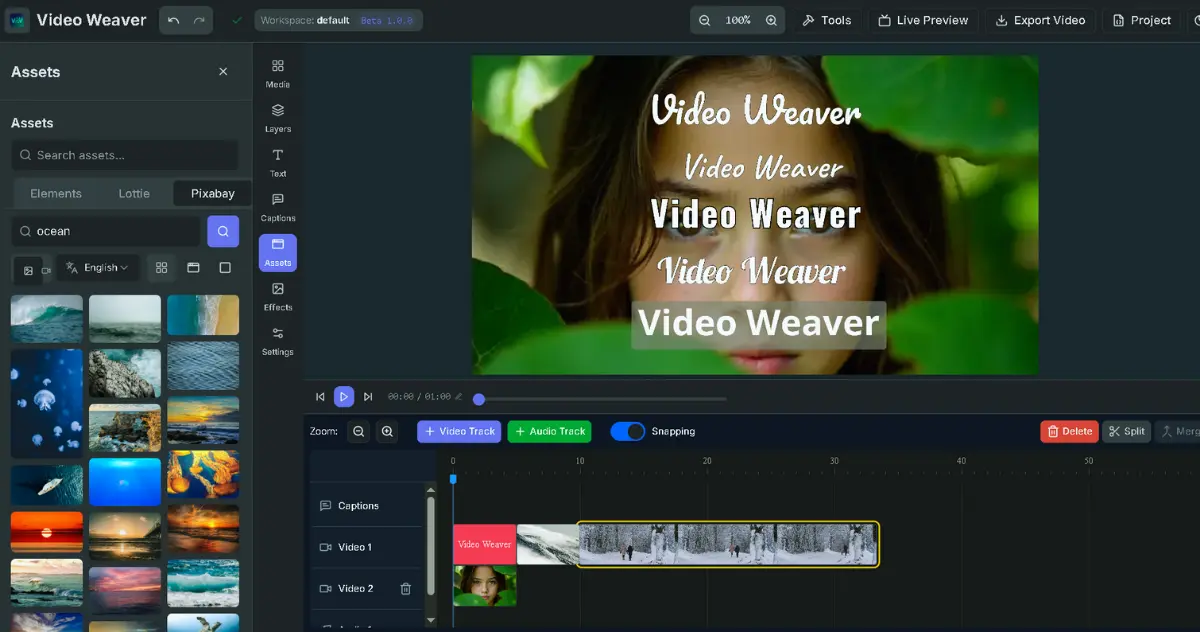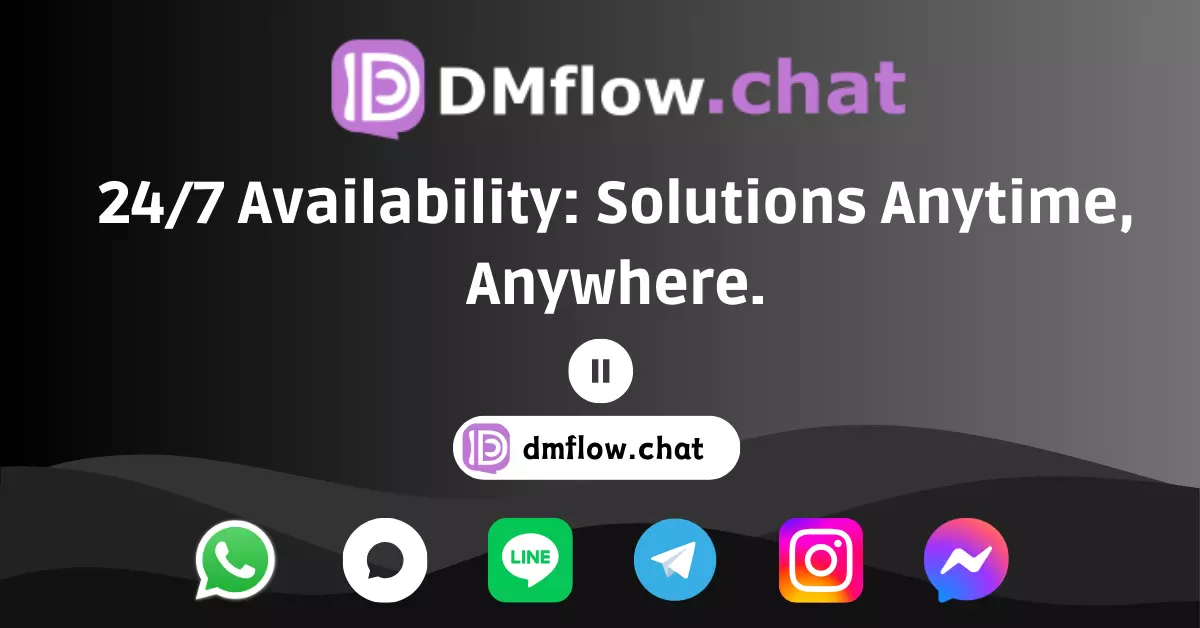GitHub Models: The Revolutionary Tool Ushering in a New Era of AI Engineers
GitHub launches a brand new AI model platform, offering unprecedented opportunities to over 100 million developers worldwide, enabling everyone to become an AI engineer. From simple experiments to complex deployments, GitHub Models will revolutionize the future of software development.
Table of Contents
- GitHub Models: A New Era of AI Development
- The Rise of AI Engineers
- Model Playground: The Ideal Platform for Learning and Experimentation
- Diverse Model Selection: Meeting Various Needs
- From Experimentation to Deployment: A Seamless Development Experience
- GitHub: The Creator Network of the AI Era
- Future Outlook: The Rise of Millions of Developers
- Frequently Asked Questions
GitHub Models: A New Era of AI Development
On August 1, 2024, GitHub announced the launch of a revolutionary new feature — GitHub Models. This innovative platform aims to provide over 100 million developers worldwide with direct access to and use of top-tier AI models, including Llama 3.1, GPT-4o, GPT-4o mini, Phi 3, and Mistral Large 2.
The launch of GitHub Models marks the beginning of a new era in software development. In this AI-driven era, developers need not only be proficient in traditional coding but also master the use of machine learning models. GitHub Models is designed to meet this need, providing a one-stop platform that covers all stages of AI application development, from experimentation to deployment.
The Rise of AI Engineers
GitHub’s vision is to enable every developer to become an AI engineer. By providing the right tools and training, GitHub Models significantly lowers the barrier to entry into the field of AI development. From initial experiments in the playground to actual coding in Codespaces and production deployment through Azure, the entire process becomes unprecedentedly simple.
This transformation is not just a technical advancement but a revolution in development thinking. In the AI era, full-stack development no longer only involves front-end and back-end code but also the integration of one or more AI models. GitHub Models enables developers to easily build generative AI applications, greatly expanding the possibilities for innovation.
Model Playground: The Ideal Platform for Learning and Experimentation
One of the core features of GitHub Models is its interactive model playground. This innovative platform provides an ideal learning and experimentation environment for students, enthusiasts, startups, and other users. Here, users can explore and compare various popular private and open models with simple clicks and inputs.
The design philosophy of the playground stems from GitHub’s deep understanding of the developer learning process. Just as most people learn to code through practice, trial, and error rather than linear classroom education, learning AI models follows a similar path. The playground provides a safe and convenient environment where users can freely experiment, compare the performance of different models, and test and deploy AI applications directly in the source code management platform.
Notably, GitHub and Microsoft always prioritize privacy and security. In GitHub Models, all prompts and outputs are not shared with model providers or used to train or improve models, ensuring the security of user data.
Diverse Model Selection: Meeting Various Needs
GitHub Models offers a rich variety of models to meet the diverse needs of developers:
- Mistral: Known for low latency, suitable for applications requiring fast responses.
- GPT-4o: Excels at building multimodal applications, capable of processing audio, visual, and text data in real time.
- Embedding Models: Used for advanced scenarios like retrieval-augmented generation (RAG).
This diversity allows developers to choose the most suitable model based on their project’s specific needs. GitHub promises to continuously expand the model library, adding more language, visual, and other types of models in the future, providing developers with a wider range of choices.
From Experimentation to Deployment: A Seamless Development Experience
GitHub Models is not just an experimental platform; it also offers a seamless path from concept to production:
- Playground Experimentation: Test and compare different models in an interactive environment.
- Codespaces Integration: Quickly integrate models into the development environment using Codespaces, avoiding the “it works on my machine” problem.
- GitHub Actions Integration: Run prompt evaluations in GitHub Actions using the GitHub CLI.
- GitHub Copilot Extension: Leverage GitHub Models to build GitHub Copilot extensions, further expanding the development ecosystem.
- Azure AI Deployment: Replace personal access tokens with Azure subscriptions and credentials for easy production deployment.
This end-to-end development experience greatly reduces the complexity of AI application development, making the process from proof of concept to production deployment smoother and more efficient.
GitHub: The Creator Network of the AI Era
GitHub is gradually realizing its vision of becoming the creator network of the AI era. This vision includes three key aspects:
- Creation of AI: Promoting the development of AI technology through open-source collaboration.
- Creation of Software: Accelerating the software development process with the power of AI.
- Rise of AI Engineers: Enabling more developers to become AI engineers through GitHub Models.
Over the past year, more than 100,000 generative AI projects have been created on GitHub, showcasing the platform’s significant role in driving AI innovation. Meanwhile, GitHub Copilot is revolutionizing software production speed, with nearly 50% of the code in enabled files being generated by AI.
Future Outlook: The Rise of Millions of Developers
GitHub’s long-term goal is to achieve exponential growth in the number of developers, aiming to cultivate 1 billion developers in the coming years. This ambitious goal represents not just numerical growth but an acceleration of human progress.
By enabling 10% of the global population to build and drive breakthrough technologies, GitHub hopes to bring unprecedented innovation and progress to the entire human society. This large-scale skill dissemination could trigger a new wave of technological revolution, driving development in various fields and benefiting all of humanity.
Frequently Asked Questions
Q: What is GitHub Models? A: GitHub Models is a new platform launched by GitHub that allows developers to directly access and use various top-tier AI models on GitHub.
Q: Which AI models can I use in GitHub Models? A: Currently available models include Llama 3.1, GPT-4o, GPT-4o mini, Phi 3, and Mistral Large 2. GitHub plans to add more models in the future.
Q: How does GitHub Models protect user privacy and data security? A: GitHub promises not to share any prompts or outputs with model providers or use this data to train or improve models, ensuring user data security.
Q: How can I integrate GitHub Models into my development workflow? A: You can experiment using Codespaces, run evaluations through GitHub Actions, build GitHub Copilot extensions, and finally deploy to production using Azure AI.
Q: What impact does GitHub Models have on AI application development? A: It significantly lowers the barrier to AI development, enabling more developers to easily build and deploy AI applications, thus accelerating innovation and technological advancement.




